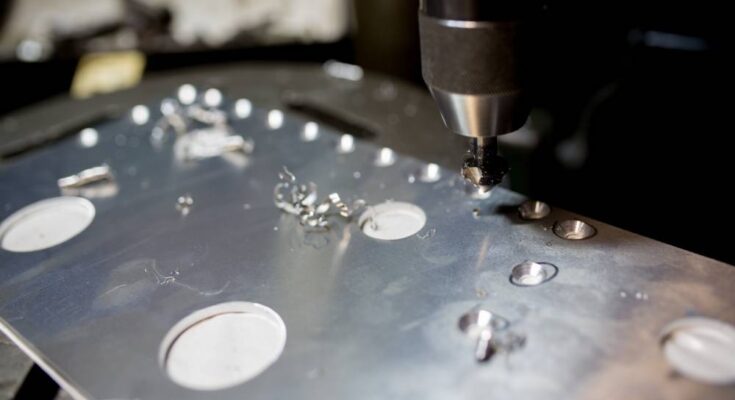Burrs are those small yet troublesome protrusions on metal after machining. Why are they an issue? Mainly, they compromise the quality and functionality of metal products. From damaging equipment to endangering workers, the presence of burrs affects every facet of production. This blog explores the many problems burrs cause in metalworking and more.
What Exactly Are Burrs and How Do They Form?
Burrs emerge during metalworking processes, such as drilling, milling, or cutting. They are tiny, sharp metal fragments that cling to the edges or surfaces of worked metal parts.
Despite their small size, they create significant issues, making their removal important.
Safety Risks That Burrs Pose
One of the most pressing concerns with burrs involves workplace safety. Metalworkers risk cuts and other injuries from handling metal parts with sharp, jagged edges. Burrs can also lead to equipment malfunctions by not fitting into machinery or snagging on things, posing further hazards to operators.
Impact on Product Quality and Assembly
Burrs compromise not just safety but also the quality of metal parts. Even a slight protrusion can prevent components from fitting together perfectly, leading to assembly issues, increased wear, and premature failure of mechanical parts.
Challenges in Ensuring Smooth Operation of Machinery
Burrs can cause premature wear and tear on moving parts, require frequent repairs, and even damage other workpieces by becoming lodged in machinery. These issues increase downtime and escalate maintenance costs.
The Importance of Effective Deburring Techniques
Given the many problems burrs cause in metalworking, employing effective deburring techniques is essential. This could be as simple as manual deburring with hand tools. It could also use more sophisticated techniques, like thermal energy method (TEM) and electrochemical machining (ECM), which ensure the removal of burrs without damaging the metal parts.
Additionally, the removal of burrs can happen before machining even begins. For example, employing techniques to reduce burr formation when using a laser cutter can produce pieces that are immediately less likely to pose problems.
Wrapping Up
Ignoring burr removal in metalworking can lead to safety hazards, compromised product quality, and increased operational costs. By prioritizing the removal of burrs in every stage of the process, metalworking professionals uphold the integrity of their work and contribute to a safer, more efficient production environment.



